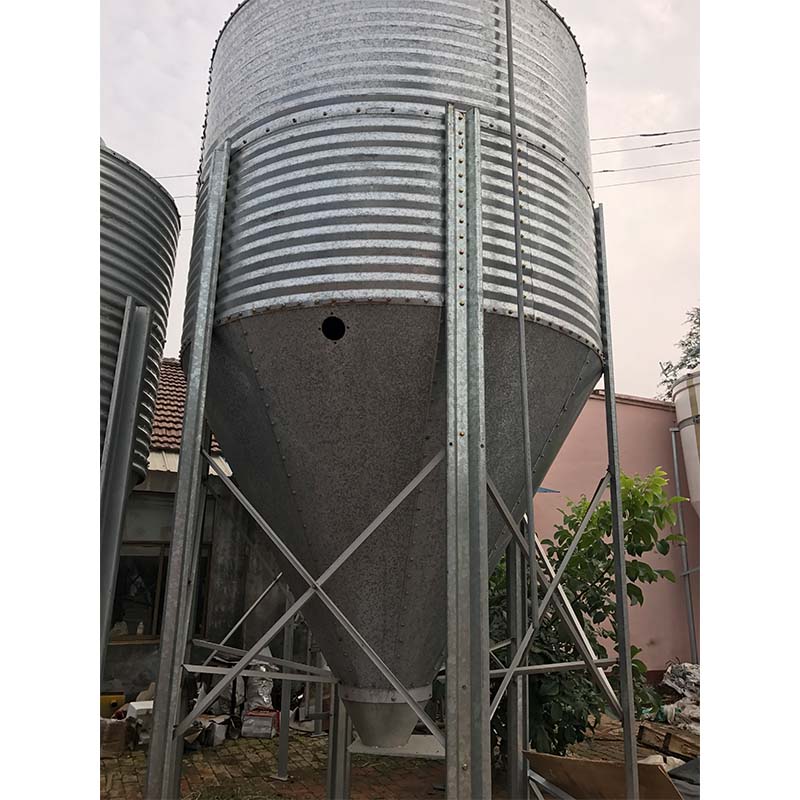livestock feed mixers
Nov . 08, 2024 17:28 Back to list
livestock feed mixers
Understanding Livestock Feed Mixers Essential Equipment for Modern Farming
In the realm of livestock production, ensuring optimal growth and health of animals is paramount. One of the critical components to achieve this goal is the proper formulation and mixing of animal feed. Livestock feed mixers play a vital role in this process, providing farmers with the means to create balanced and nutritious feed that meets the specific dietary needs of various livestock species.
What is a Livestock Feed Mixer?
A livestock feed mixer is a specialized piece of equipment designed to combine different ingredients—grains, vitamins, minerals, and supplements—into a uniform feed mix. This equipment comes in various sizes and models, ranging from small, manual mixers to large, automated systems used in commercial feed production. The primary purpose of a feed mixer is to ensure that every animal receives an equal share of nutrients, which is crucial for their health, productivity, and overall growth.
Importance of Proper Feed Mixing
Proper feed mixing ensures that the nutritional content of the feed is consistent throughout the mixture. Livestock, including cattle, poultry, pigs, and sheep, require specific ratios of proteins, carbohydrates, fats, vitamins, and minerals to thrive. Inadequate or uneven mixing can lead to nutritional deficiencies or excesses that adversely affect animal health. For example, if a feed mix contains too little protein, growing livestock may fail to reach their growth potential, while excessive vitamins or minerals can lead to toxicity.
Additionally, properly mixed feed helps prevent waste. When feed is inconsistent in quality, animals may selectively eat their favorite components, leaving behind less palatable ingredients. This not only affects the nutritional intake of the animals but also increases feed costs for farmers. Hence, efficient mixing translates to better feed utilization and improved overall efficiency in livestock operations.
Types of Livestock Feed Mixers
There are several types of livestock feed mixers, each designed to cater to different farming needs. Some of the most common types include
livestock feed mixers

1. Vertical Mixers These mixers have a vertical design with augers that move the ingredients upwards, ensuring thorough mixing. They are particularly effective for mixing higher moisture feeds and are widely used in dairy and beef cattle operations.
2. Horizontal Mixers As the name suggests, these mixers have a horizontal design and generally have a larger capacity. They are suitable for mixing dry and granular feeds and are often used in larger commercial operations.
3. Batch Mixers Ideal for farms that require flexibility, batch mixers allow farmers to prepare specific quantities of feed as needed. This versatility helps in managing different dietary requirements based on livestock growth stages.
4. Continuous Mixers Designed for large-scale feed production, continuous mixers keep the feed flowing through the mixing chamber. This type is efficient for high-volume farms where consistent feed supply is necessary.
Benefits of Investing in Livestock Feed Mixers
Investing in a reliable livestock feed mixer yields several advantages for farmers
- Cost Efficiency By allowing for in-house feed production, farmers can save significantly on feed costs and reduce reliance on commercial feed suppliers. - Customization Farmers can tailor feed formulations based on the specific needs of their livestock, improving animal performance and productivity. - Quality Control With control over ingredient selection and mixing processes, farmers can ensure the highest quality feed for their animals.
Conclusion
As livestock agriculture continues to evolve, the importance of precision in feed formulation and mixing cannot be overstated. Livestock feed mixers stand as a cornerstone in the quest for optimal animal nutrition and productivity. By investing in these essential tools, farmers can ensure that their livestock receive balanced diets that promote health and growth, leading to a more sustainable and profitable farming operation. In the competitive world of animal husbandry, the right equipment can make all the difference in achieving success.
-
Automatic Feeding Line System-Pan Feeder Nipple Drinker|Anping County Yize Metal Products Co., Ltd.
NewsJul.29,2025
-
Hot Sale 24 & 18 Door Rabbit Cages - Premium Breeding Solutions
NewsJul.25,2025
-
Automatic Feeding Line System Pan Feeder Nipple Drinker - Anping County Yize Metal Products Co., Ltd.
NewsJul.21,2025
-
Automatic Feeding Line System Pan Feeder Nipple Drinker - Anping County Yize Metal Products Co., Ltd.
NewsJul.21,2025
-
Automatic Feeding Line System - Anping Yize | Precision & Nipple
NewsJul.21,2025
-
Automatic Feeding Line System - Anping Yize | Precision & Nipple
NewsJul.21,2025






